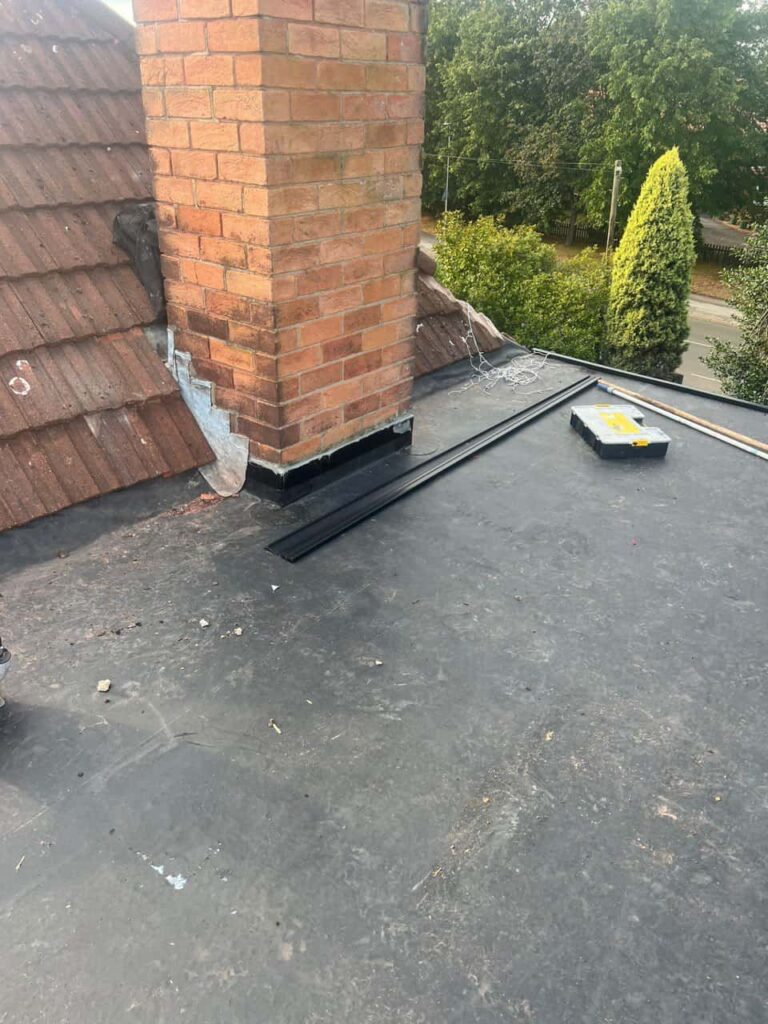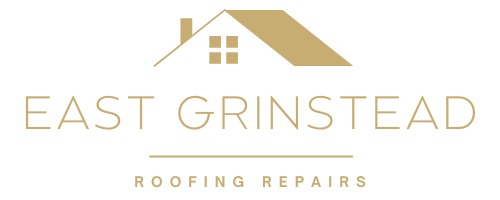Chimneys are a defining feature of many traditional British homes, adding character and charm to the property. However, they can also be one of the most common sources of roof leaks—particularly in older buildings. Over time, constant exposure to rain, wind, and temperature changes can cause chimneys to deteriorate, leading to water ingress that can damage both the roof and interior of the home. At East Grinstead Roofing Repairs, we’ve helped many homeowners in East Grinstead, West Sussex, identify and repair chimney leaks before they cause serious problems.
Understanding the Nature of Chimney Leaks
Unlike other parts of the roof, a chimney has multiple components—brickwork, flashing, mortar, and capping—all of which can fail independently. This makes chimneys more vulnerable to water penetration. In older homes, where materials have naturally weakened over decades, leaks can become a recurring issue if not properly maintained.
Chimney leaks are often deceptive. The water might enter around the stack but appear inside the property some distance away. This makes it vital to have the structure inspected by experienced professionals who can trace the source accurately and apply the right repair solution.
Common Causes of Chimney Leaks in Older Properties
1. Deteriorating Mortar Joints
The mortar between the bricks of a chimney naturally breaks down over time. Exposure to frost and moisture causes cracks to form, which allow rainwater to seep through. Once water enters, it can cause damp patches, flaking plaster, or even internal mould. Repointing the chimney can restore its integrity and prevent further leaks.
2. Damaged or Failing Flashing
Flashing is the thin metal seal that bridges the gap between the chimney stack and the roof surface. It plays a crucial role in keeping water out of this vulnerable joint. In older homes, flashing may have corroded, lifted, or cracked, leaving gaps where water can penetrate. Replacing or resealing the flashing is one of the most effective ways to stop chimney leaks at their source.
3. Cracked or Missing Chimney Cap
A chimney cap protects the flue from direct rainfall while also keeping out debris and animals. When this component becomes damaged or dislodged, rainwater can enter freely. In older homes, caps may have shifted due to weathering or corrosion, leading to water ingress directly down the flue or into surrounding brickwork.
4. Porous Brickwork
As bricks age, they can absorb water more easily—especially if they haven’t been treated with a protective coating. When rainwater is drawn into porous brickwork, it can lead to damp walls and visible staining. During winter, this water can freeze and expand, further damaging the structure. Waterproofing treatments or repointing can help prevent this issue.
5. Blocked or Damaged Gutters Near the Chimney
If gutters or roof valleys near the chimney become blocked, water can overflow and pool around the base of the stack. This increases the risk of leaks in the surrounding roof area. Regular maintenance ensures water flows away properly and prevents unnecessary pressure on the chimney structure.
The Signs of a Leaking Chimney
Recognising the early signs of a chimney leak can save you from costly repairs later. Homeowners should look out for:
- Damp or water-stained walls near the chimney breast
- Peeling wallpaper or paint in upper rooms
- White salt deposits (efflorescence) on chimney brickwork
- Dripping sounds during heavy rain
- A musty smell or visible mould near the ceiling
If you notice any of these signs, it’s advisable to contact a roofing specialist as soon as possible. At East Grinstead Roofing Repairs, we provide thorough inspections to identify the exact source of the leak and implement lasting solutions.
How Professional Repairs Make the Difference
Repairing chimney leaks requires more than simply sealing visible cracks. A professional roofer will assess every component—from the flaunching and flashing to the brickwork and cap—to ensure the entire structure is watertight. In many cases, a combination of repointing, flashing replacement, and waterproof coating provides the best long-term protection.
In older homes, it’s especially important to use materials and techniques that match the original construction. This preserves both the aesthetic and structural integrity of the building.
Preventing Future Chimney Leaks
Routine maintenance is the most effective way to avoid chimney leaks. Homeowners can reduce the risk by:
- Scheduling annual roof and chimney inspections
- Keeping gutters and downpipes clear of debris
- Repointing mortar as soon as cracks appear
- Checking flashing after severe weather
- Ensuring chimney caps are properly secured
Proactive care ensures your chimney continues to perform safely and effectively, even in challenging weather conditions.
Conclusion
Chimney leaks are especially common in older homes due to natural wear, ageing materials, and years of weather exposure. By addressing these issues early, homeowners can protect their roofs and interiors from serious water damage. For thorough chimney inspections and expert repairs in East Grinstead, West Sussex, homeowners trust East Grinstead Roofing Repairs to provide long-lasting solutions that preserve the beauty and safety of their property.
Call us on: 01342 778 992
Click here to find out more about East Grinstead Roofing Repairs
Click here to complete our contact form and see how we can help with your roofing needs.

